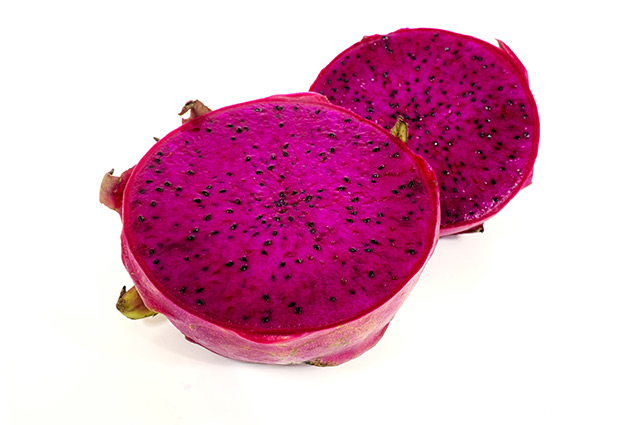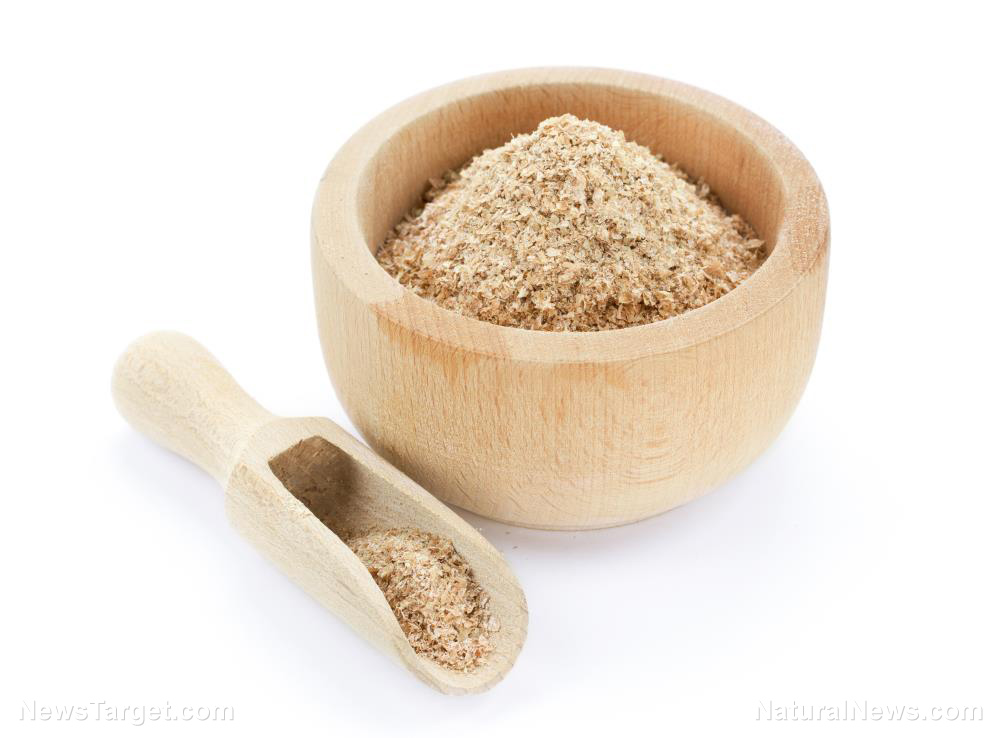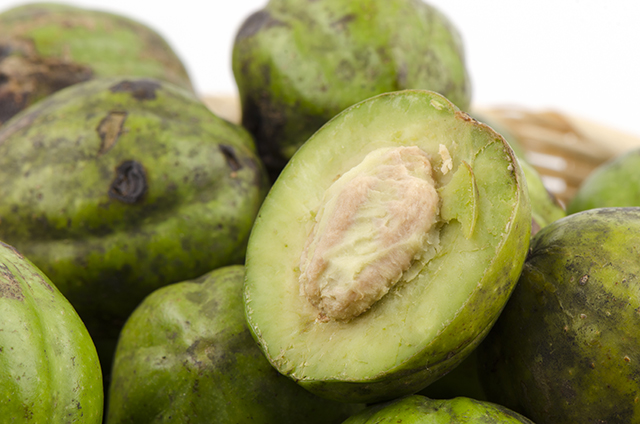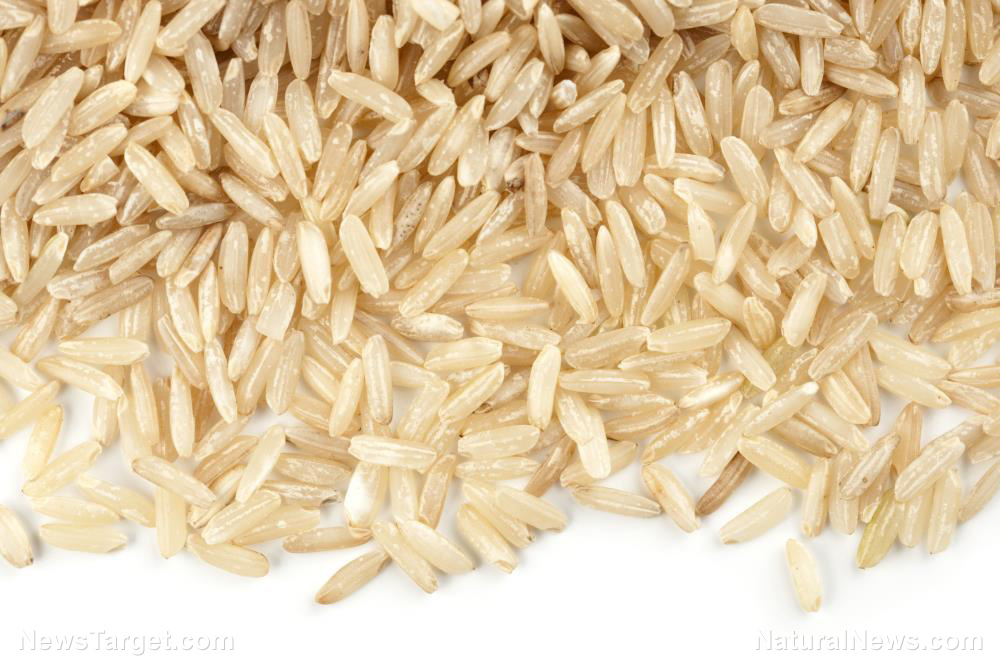Tempeh – sources, health benefits, nutrients, uses and constituents at NaturalPedia.com
07/22/2017 / By Frances Bloomfield

Tempeh is a traditional, fermented soy product originating from the island of Java in Indonesia. Although similar to tofu at surface value, what makes tempeh different is that it’s fermented, chewy and firm, and a bit sweeter than tofu. Additionally, tempeh is higher in calories than tofu, but contains more protein, calcium, and fiber. The unique nutritional makeup and taste has made tempeh a popular meat substitute in Asia, though its slowly been making its way westwards.
List of known nutrients
- Biotin
- Calcium
- Copper
- Flavonoids
- Genistein
- Iron
- Isoflavones
- Magnesium
- Manganese
- Phenolic Acids
- Phosphorus
- Phytoalexins
- Phytosterols
- Potassium
- Probiotics, including Acidophilus
- Protein
- Saponins
- Vitamin B2 (Riboflavin)
- Vitamin B3 (Niacin)
- Vitamin B5 (Pantothenic acid)
- Vitamin B6 (Pyridoxine)
- Vitamin B12 (Cobalamin)
- Vitamin D
- Vitamin K
- Zinc
Tempeh a rich source of essential nutrients like manganese, fiber, copper, and protein.
Just four ounces of tempeh can provide 73 percent of the recommended daily value of manganese, a mineral that naturally balances hormones and encourages digestive enzyme secretion. That same four-ounce serving delivers 68 percent, 48 percent, and 41 percent of the recommended daily values of copper, fiber, and protein, respectively.
The protein content of tempeh is notable since the protein from this soy product can be converted into amino acids much easier than those from meat.
Similar to many vegan foods, tempeh is naturally free of cholesterol and relatively low in fat.
Medicinal uses for tempeh
Frequent consumption of tempeh is known to prevent or treat the symptoms associated with:
- Atherosclerosis
- Bone loss
- Breast cancer
- Colon cancer
- Endometriosis
- Fibrocystic Breast Disease
- Glucose Intolerance
- Heart Disease
- High Cholesterol
- Hypertension
- Inflammation
- Low Energy
- Osteoporosis
- Premenstrual Syndrome (PMS)
- Prostate Cancer
- Uterine Fibroids
Tempeh can manage the symptoms of hypertension as it contains magnesium, potassium, and iron; all of which are minerals that keep blood pressure at a normal level by dilating blood vessels and inhibiting plaque formation. Moreover, tempeh is low in sodium and thus has no effect on fluid retention.
Tempeh has nutrients essential to the prevention of osteoporosis, namely vitamin D, calcium, vitamin K, and copper. These vitamins and minerals work together to strengthen bone density, while copper plays a role in bone healing.
Women suffering from premenstrual syndrome can turn to tempeh for relief from the symptoms. The isoflavones and magnesium content reduce the severity of cramping and bloating associated with the condition.
Body systems supported by tempeh
Tempeh is good for the:
- Brain
- Cardiovascular System
- Digestive System
- Immune System
- Skeletal System
In addition to being loaded with hypertension-preventive nutrients, tempeh has fiber, vitamin B3, and isoflavones, and thus significantly lowers low-density lipoprotein (LDL) or bad cholesterol levels. The result of normal blood pressure levels and reduced amounts of bad cholesterol is a healthier heart.
The wealth of fiber and probiotics in tempeh is good for the digestive system, since fiber keeps bowel movement regular and probiotics impede the growth of harmful gut bacteria.
Ways to use tempeh
Unlike tofu which has a subtle flavor, tempeh has been described as tasting earthy and nutty, as well as having a chewy consistency. These qualities allow tempeh to go well in savory fare, such as chili, stews, and barbecues.
Tempeh can be crumbled or sliced, making it easier to control the amount of tempeh that goes into each dish.
Tempeh is typically available pre-cooked and raw. Pre-cooked tempeh can be consumed as is, or it can be lightly steamed to soften it before cooking or serving.
Where to learn more
- 7 Probiotic Foods That Help In Digestion, Reduceing Depression & Improve Heart Health
- 10 Top Sources of Vegan Protein
- Tempeh: A highly nutritious and protein-rich fermented soy product
- Tempeh: Low Sodium, Versatile Fermented Soy Food Provides Complete Protein
- The Best Foods to Eat for Weight Loss
Summary
Tempeh is packed with a wide variety of important nutrients, such as manganese, fiber, and protein.
These, as well as all the other vitamins and minerals, reduce the chances of developing certain ailments like hypertension, osteoporosis, and many more.
In addition, the heart and digestive sytem greatly benefit from the frequent consumption of tempeh.
Sources include:
WHFoods.com
HomeRemedyHacks.com
TheSpruce.com
HealthyHubb.com
HuffingtonPost.com
Tagged Under:





















